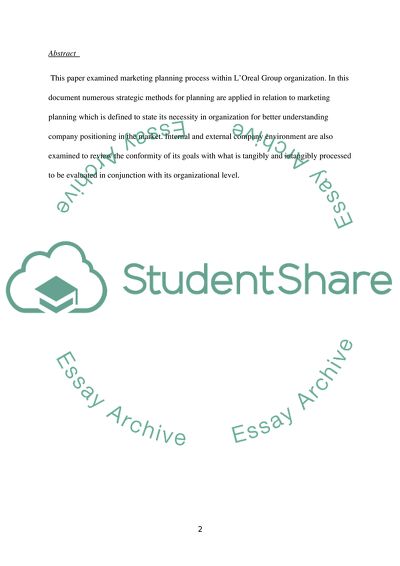Cite this document
(“The Marketing Planning of L'Oreal Organisation Essay”, n.d.)
The Marketing Planning of L'Oreal Organisation Essay. Retrieved from https://studentshare.org/marketing/1683224-marketing-and-consumer-behavior
The Marketing Planning of L'Oreal Organisation Essay. Retrieved from https://studentshare.org/marketing/1683224-marketing-and-consumer-behavior
(The Marketing Planning of L'Oreal Organisation Essay)
The Marketing Planning of L'Oreal Organisation Essay. https://studentshare.org/marketing/1683224-marketing-and-consumer-behavior.
The Marketing Planning of L'Oreal Organisation Essay. https://studentshare.org/marketing/1683224-marketing-and-consumer-behavior.
“The Marketing Planning of L'Oreal Organisation Essay”, n.d. https://studentshare.org/marketing/1683224-marketing-and-consumer-behavior.


